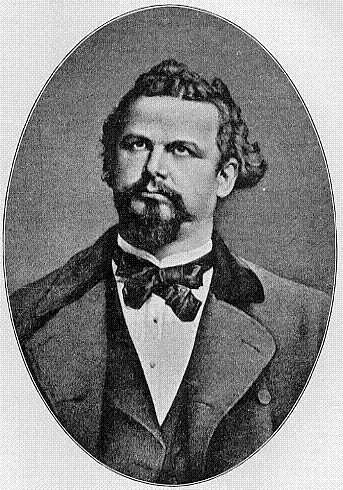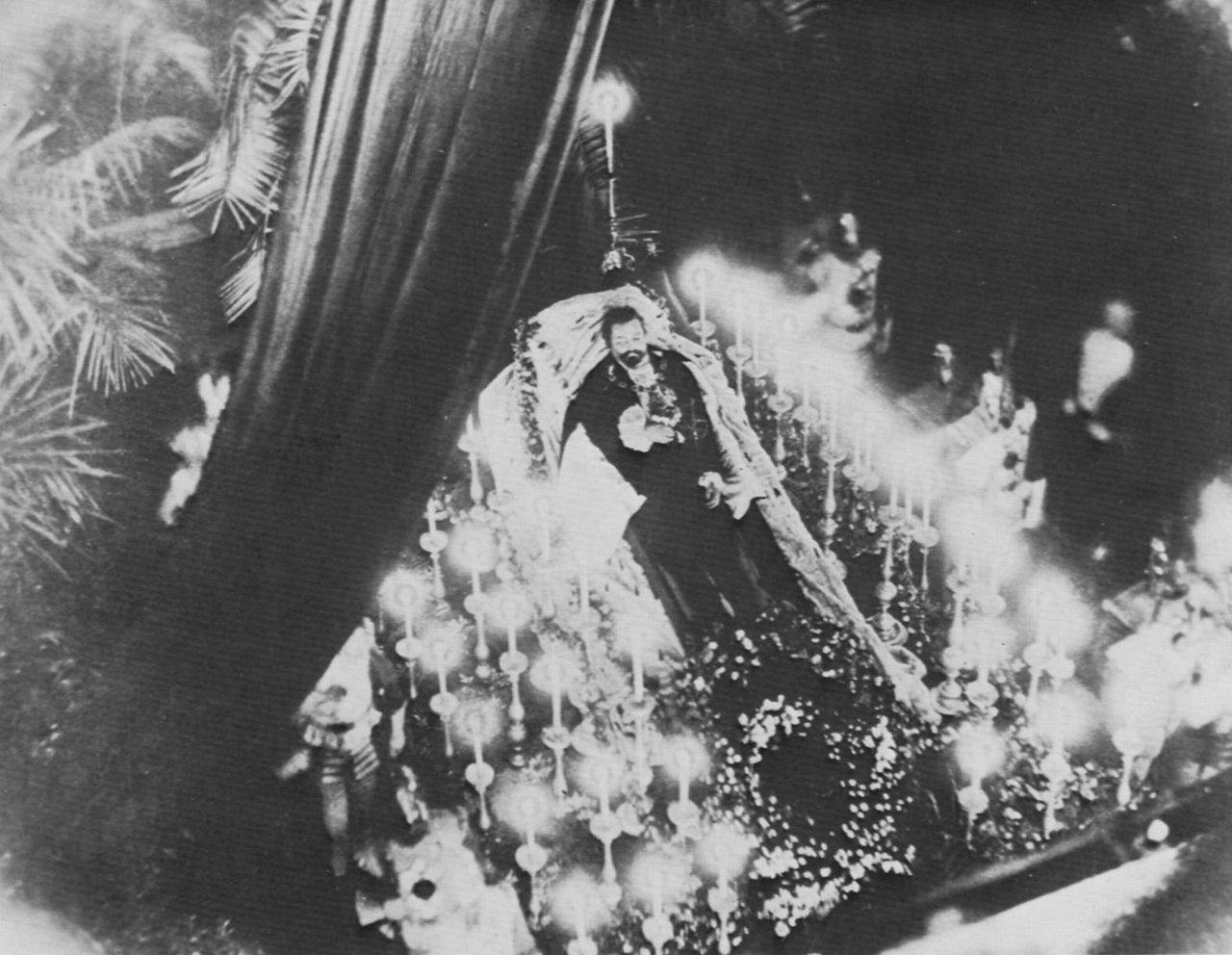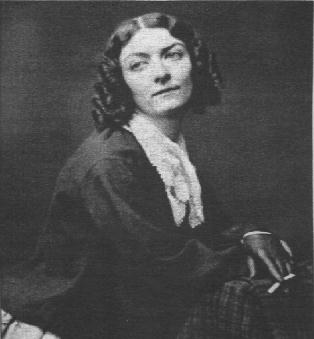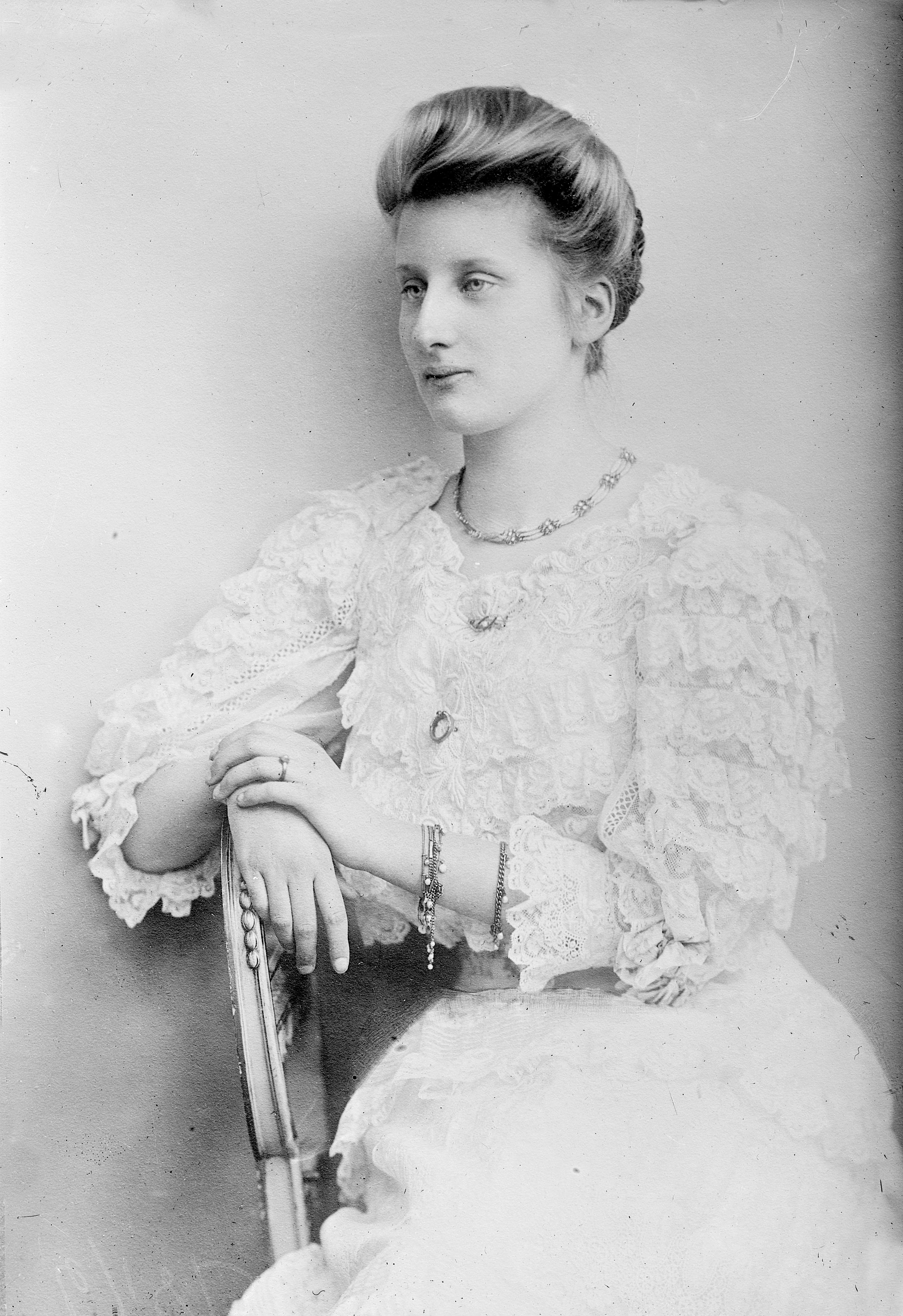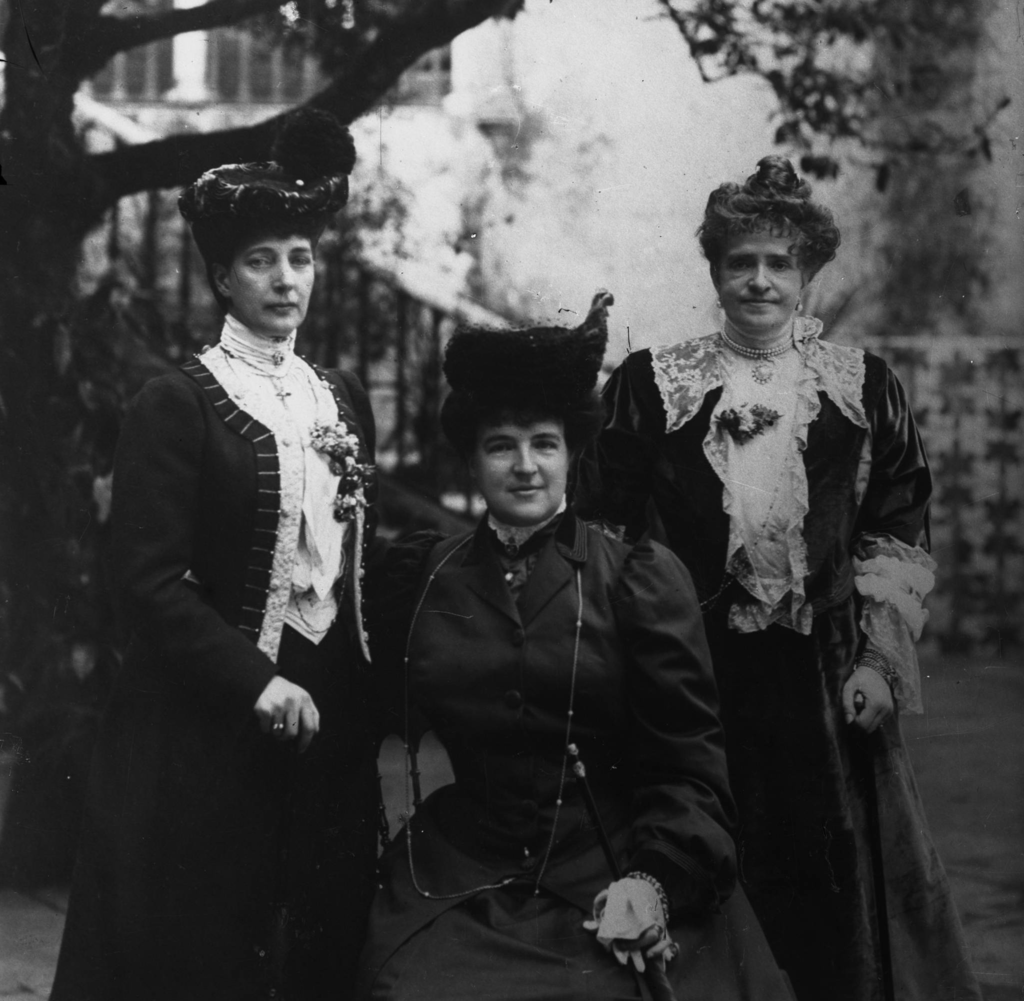by Scott Mehl © Unofficial Royalty 2016
Kingdom of Bavaria: The House of Wittelsbach ruled as Dukes, Electors, and Kings of Bavaria from 1180 until 1918. Today Bavaria is a landlocked federal state of Germany, occupying its southeastern corner. Maximilian IV Joseph, Prince-Elector of Bavaria allied his electorate with Napoleon and adopted many of the French beliefs of the Enlightenment. It was this loyal service to Napoleon through which Maximilian’s electorate was created the Kingdom of Bavaria with Maximilian at its king. He officially became the Maximilian I Joseph, the first King of Bavaria on January 1, 1806. On November 13, 1918, King Ludwig III would be the first monarch in the German Empire to be deposed at the end of World War I, bringing an end to 738 years of rule by the Wittelsbach dynasty.
**********************

Luitpold, Prince Regent of Bavaria; source: Wikipedia
Luitpold, Prince Regent of Bavaria
Prince Luitpold of Bavaria served as Prince Regent from 1886 until his death in 1912. He was born Prince Luitpold Karl Joseph Wilhelm Ludwig on March 12, 1821, at the Wurzburg Residence, a palace in Würzburg, Kingdom of Bavaria, now in Bavaria, Germany, the third son of King Ludwig I of Bavaria and Princess Therese of Saxe-Hildburghausen. He had eight siblings:
- King Maximilian II (1811-1864) – married Princess Marie of Prussia, had issue
- Princess Mathilde Caroline (1813-1862) – married Ludwig III, Grand Duke of Hesse and by Rhine, no issue
- Prince Otto, later King Otto I of Greece (1815-1867) – married Duchess Amalie of Oldenburg, no issue
- Princess Theodelinde (1816-1817) – died in infancy
- Princess Adelgunde (1823 -1914) – married Francesco V, Duke of Modena, had issue
- Princess Hildegard (1825-1864) – married Archduke Albert of Austria, had issue
- Princess Alexandra (1826-1875) – unmarried
- Prince Adalbert (1828-1875) – married Infanta Amelia Philippina of Spain, had issue
At 14 years old, Luitpold joined the Bavarian Army and was soon promoted to Captain of the Artillery. He would later attain the ranks of Major General and Field Marshal. He traveled extensively abroad, and it was on one of these trips that he met his future wife, Archduchess Auguste Ferdinande of Austria. She was the daughter of Leopold II, Grand Duke of Tuscany, and Princess Maria Anna of Savoy. Luitpold and Auguste married on April 1, 1844, in Florence, and went on to have four children:
- King Ludwig III of Bavaria (1845-1921) – married Archduchess Maria Theresia of Austria-Este, had issue
- Prince Leopold (1846-1930) – married Archduchess Gisela of Austria, had issue
- Princess Therese (1850-1925) – unmarried
- Prince Arnulf (1852-1907) – married Princess Theresa of Liechtenstein, had issue

Archduchess Auguste of Austria, c1850. source: Wikipedia
In 1848, his father abdicated and his eldest brother took the throne as Maximilian II. During his brother’s reign, Luitpold did not play any significant role, focusing more on his military career. By this time, his second brother, Otto, had been serving as King of Greece since 1832, and as Otto had no children, Luitpold was considered to be his heir-presumptive. The Greek Constitution required that the heir be a member of the Orthodox church, and for some time, Luitpold considered converting from Catholicism.
In 1864, Maximilian II died and was succeeded by his elder son, King Ludwig II. During the Austro-Prussian War of 1866, Luitpold commanded the 3rd Royal Bavarian Division, and later became Inspector General of the Bavarian Army. He represented Bavaria in the German General Staff during the Franco-Prussian War of 1870-1871.
During Ludwig’s reign, and particularly after the Franco-Prussian War, Luitpold began to take a more prominent role in the monarchy. King Ludwig II was often out of the capital for long periods and became increasingly averse to formal ceremonies and events. The King’s younger brother, the future King Otto, who had served during the war, began to show signs of mental illness and became increasingly unwell. By the mid-1880s, there were many questions about the mental health of King Ludwig II himself. A group of ministers began working to depose Ludwig and asked Luitpold to assume a Regency. Luitpold agreed, on the condition that there was irrefutable proof of his nephew’s incapacity.
On June 10, 1886, Luitpold became Prince Regent after King Ludwig II was declared mentally incompetent. Ludwig II died three days later under mysterious circumstances, and the throne passed to Ludwig’s brother, Otto. However, by this time, Otto had also been declared mentally ill, and Luitpold continued as Prince Regent.
Like many others in his family, Luitpold was a great supporter of the arts and culture in Bavaria. During his tenure – and the liberal government – Munich continued to grow into one of the leading cultural cities in Europe. Shortly after assuming the Regency, he opened several of King Ludwig II’s palaces to the public, and in 1891, he established the Luitpold Gymnasium in Munich.

The Prince Regent, 1911. source: Wikipedia
At 91 years old, Luitpold died in Munich, Kingdom of Bavaria, now in Bavaria, Germany on December 12, 1912, after having developed bronchitis. He is buried in the crypt of the Theatinerkirche in Munich. He was succeeded as Regent by his eldest son, who became King Ludwig III the following year, after deposing King Otto.
This article is the intellectual property of Unofficial Royalty and is NOT TO BE COPIED, EDITED, OR POSTED IN ANY FORM ON ANOTHER WEBSITE under any circumstances. It is permissible to use a link that directs to Unofficial Royalty.
Bavaria Resources at Unofficial Royalty











